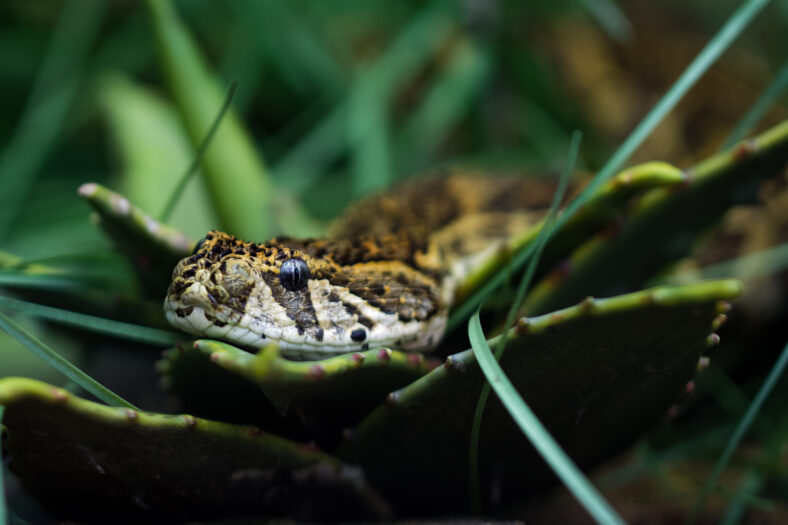Snake Antivenom Is Desperately Needed In Kenya, So Some Victims Are Turning To Voodoo As Treatment

A teenager from Kenya named Shukurani Konde Tuva was the victim of a snakebite and had to have his left leg amputated just above the knee.
More than a month ago, the 14-year-old was bitten by a puff adder while eating outdoors in his village near the coastal town of Malindi.
The puff adder is a highly venomous snake and is the most common snakebite in sub-Saharan Africa. The teen’s family rushed him to the hospital by motorbike. The hospital was located two hours away. He received antivenom, but it didn’t help.
“My son’s leg is totally rotten, and maggots are even emanating from it. They’ll have to cut it,” said Mariamu Kenga Kalume, the teen’s mother.
Each year, roughly 5.4 million people around the world are bitten by snakes, and about half are poisoned by venom, according to the World Health Organization (WHO).
Up to 138,000 people die, and 400,000 suffer permanent physical effects, although these numbers are inaccurate because an estimated 70 percent of cases are not reported.
Instead of seeking medical care, some victims turn to homemade remedies or believe bites are due to voodoo inflicted on them by their enemies.
There was a traditional healer named Douglas Rama Bajila a few miles away from where Shukurani was bitten. One popular remedy he used on Shukurani was the “snake stone,” which is made from a cow’s bone and is sold for just a dollar.
A snake stone can be reused multiple times. It can be recharged by soaking it in milk for a few hours. One was placed on Shukurani’s leg as he was transported to the hospital, but it fell off on the ride there.

Sign up for Chip Chick’s newsletter and get stories like this delivered to your inbox.
Experts are concerned that patients are losing time when using traditional snakebite remedies. However, they are the preferred option because antivenom treatments are so expensive. Antivenoms cost about $62 per vial, and some patients need as many as 20 doses.
Ruth Kintalel, a 30-year-old woman from a farming community in Kajiado county located near the capital of Nairobi, spent over five months in the hospital after being bitten by a red spitting cobra in her sleep.
Her husband had to sell their livestock to cover the medical bills. Seven years later, she is still paralyzed in her right arm.
Kenya receives between 10,000 and 30,000 vials of antivenom per year but really needs 100,000. Antivenom is made by extracting the venom from snake fangs, diluting it, and injecting it in small doses into animals like horses. This produces antibodies that can be extracted for human use.
The effectiveness of the antivenom can be reduced if snakes from different regions, even of the same species, are used.
It can cause really bad reactions. Kenya’s antivenom is not always effective because much of it comes from other countries, such as India.
The Snakebite Research and Intervention Center within the Kenya Institute of Primate Research in Nairobi is currently working on an antivenom specifically for Kenya that can be applied to multiple species. It is expected to take about two years before the antivenom is available.
More About:News





